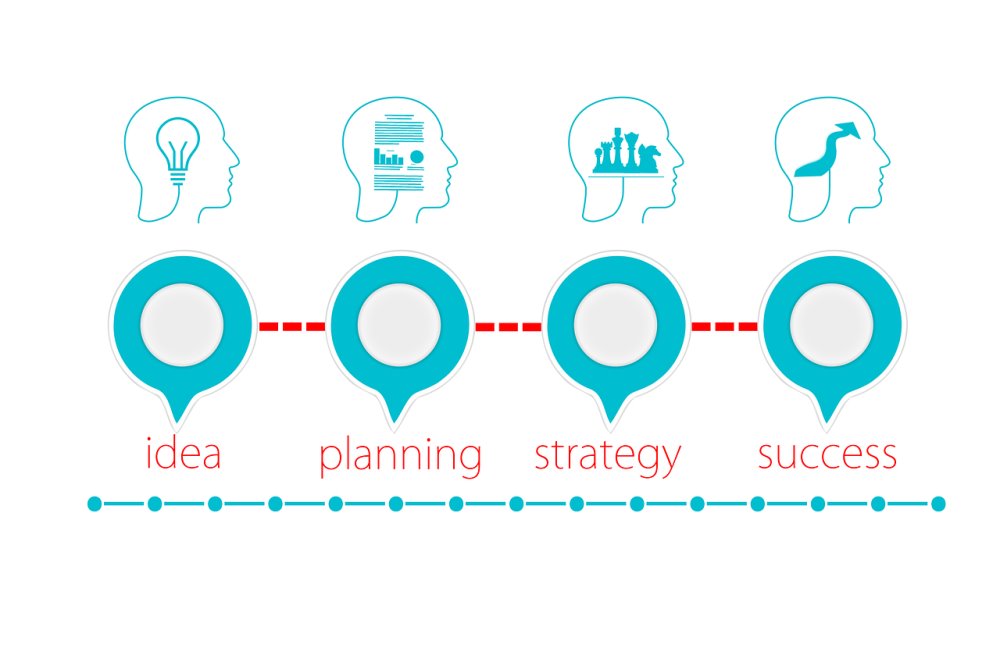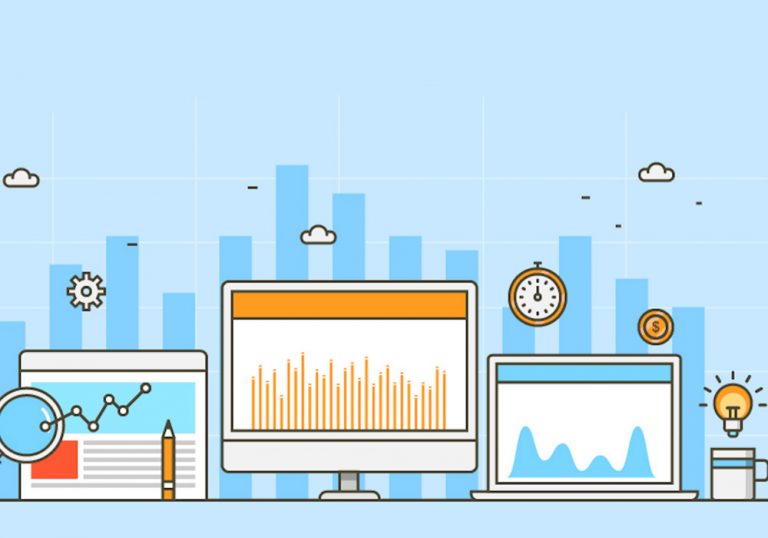The world’s generating data at unprecedented rates. Between the Internet of Things (IoT), mobile ubiquity and social networks, roughly 2.5 quintillion bytes of data is created every day. This makes the case for smarter business intelligence (BI) tools and analytics processes to uncover inefficiencies and contribute to long-term company goals.
But committing to BI and analytics doesn’t guarantee value. Even the most motivated of intentions to get real business value out of these processes, it’s easy to fall short. If any of these signs are present in your BI and analytics processes, you need to go back to the drawing board.
Long Wait Times
It’s encouraging when employees take the initiative to use data as a means of uncovering issues or informing their next decision, but the positives quickly wear off when employee curiosities create a logjam for the data team. If you’re finding that your team of data analysts, scientists and curators doesn’t have the bandwidth to focus on higher-level needs because they’re buried in report requests, you have a problem.

BI analytics tools and processes need to be fluid. For example, self-service analytics provider Thought Spot incorporates artificial intelligence into a search-driven data platform to eliminate the bandwidth drain on data teams. With every employee able to find the answers to their questions without assistance from the data team, faster decisions can be made throughout the company.
Creating the Perfect Product PageMisaligned Strategy
What are the long-term goals of your business? Where does the company see itself in a year, three years, five years? How will your analytics strategy complement your business goals? Today’s digital landscape isn’t kind to companies that can’t make good use of their data. Whether it’s wasting time analyzing data sets that simply aren’t relevant to any end goals, not asking the right questions that’ll yield sharper insights or not integrating data analysis into the everyday workflows of the company — too many companies treat analytics and business goals as separate entities.

It’s one thing to have clearly defined business goals, but the hard work is in developing data processes that serve the business goals, get employees to trust the data they’re working with and challenge the organization as a whole to think in a data-oriented mindset. After all, good data is one thing but the right questions still need to be asked in order for the data to provide value.
Are Any Messaging Apps Really Secure?Non-Scalable Solutions

Most companies associate growth with success, so it would make sense that any BI analytics tools being leveraged should be able to scale appropriately. There’s no sense in developing an analytic process or investing in a BI tool that only works when a company’s a certain size or has a specific amount of data. A truly smart business intelligence platform allows unlimited users; handles simultaneous requests; offers easy communication across teams and departments; works with various types and amounts of data; and presents complex findings in a digestible way.
Security Issues

Security is more important than ever these days. With rampant cybercrime and the impending Gross Data Protection Regulation (GDPR) promising hefty fines for companies that cannot keep consumer data protected, security should be top of mind for any analytic process or business intelligence decision. Businesses should be concerned about protecting more than consumer data, though. Intellectual property, current business objectives and other sensitive company information that could give a competitor an advantage, each provide a valid reason for BI and data security to be top-notch.
The data economy presents quite the opportunity for companies to increase productivity, improve decision making and achieve long-term goals. But for that to happen BI and data analytic processes need to be aligned with a company’s overall vision, move quickly and protect company data. Take a good look at your company’s BI and analytic processes and invest the proper resources to address your shortcomings and align your efforts.
Using Analytics: How To Measure Your Site’s Success






